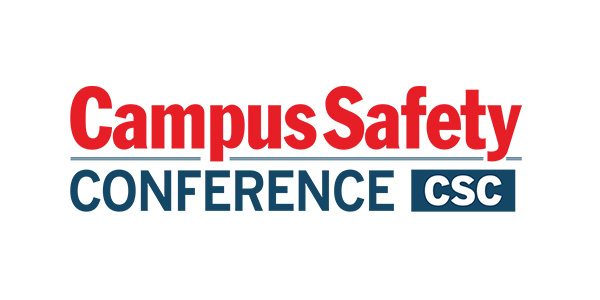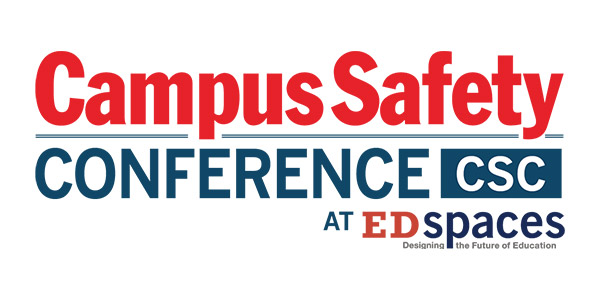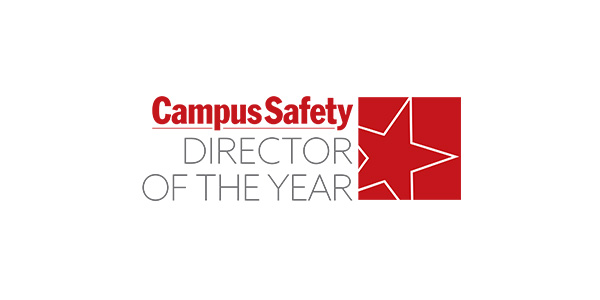PROBLEM: COST
Try This:
Share resources:
Many campuses are more successful at funding their mass notification projects when they work with other institutions, as well as their county, city and state governments.
According to Scott Burnotes, director of emergency preparedness for Miami Dade College, cooperation can minimize duplicate efforts. “You’ve got to develop these partnerships with local jurisdictions that serve or surround your institution,” he says. “A lot of times you can leverage some of the resources that are already out there. You don’t need separate systems.”
Miami Dade College’s eight campuses, for example, have partnered with the county’s emergency management department, which has paid for their text messaging system. The college can be included in countywide messages during catastrophes. Additionally, if the campus can’t initiate messages, the county can initiate the system.
“The benefit for us is it allowed us to focus on other expensive options, such as the fire alarm,” adds Burnotes.
Additionally, urban K-12 and college campuses can receive Urban Area Security Initiatives (UASI) grants. Miami Dade College, for example received $100,000 from this source.
Campuses have also banded together to combine resources. In New Jersey, a consortium of universities works on IT issues, and through the RFP process, has created a list of approved vendors.
Unfortunately, however, politics can get in the way of some academic institutions having access to these funds. “Despite over $400 million delivered to the greater Los Angeles area, UCLA has not received any of the region’s State Homeland Security or UASI funding that could support our mass notification system needs, which exceed $1 million,” says David Burns, UCLA’s emergency manager.
Burns believes this challenge will probably only get corrected after a major crisis. “The papers will report the breakdown in communication and lack of coordination,” he says. “Then everyone will back pedal and say, ‘Oh, we need to solve this.’”
Develop buy-in with on-campus stakeholders:
Other non-public safety officials at an institution, such as representatives from IT, parking, athletics or facilities, should also be involved in discussions relating to mass notification. “If it’s in the stadium and they want new signage or a paging system, realize that there is a day-to-day application and emergency use application,” says Pete Tately, Siemens’ program manager for mass notification. “The systems could be used for both.”
Tately also recommends campuses leverage their existing infrastructure. “See what you can incorporate that you’ve already paid for and exists on campus,” he says. “Then go out and buy the piece you don’t have.”
Examine less traditional sources of funding:
Endowments, financing and vendor price structuring are other options that don’t get much attention but could provide resources for emergency alert systems.
Charging student safety fees is another option. “In a campus like ours, with a population of 60,000 or more, a few dollars contributed from every member of the community can easily raise several hundred thousand dollars and is deemed an essential mission,” says Burns. Indeed, charging a nominal fee can send the message that safety and security are a priority.













